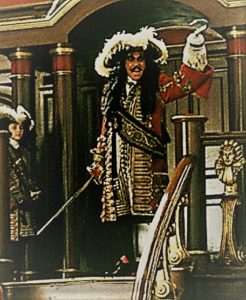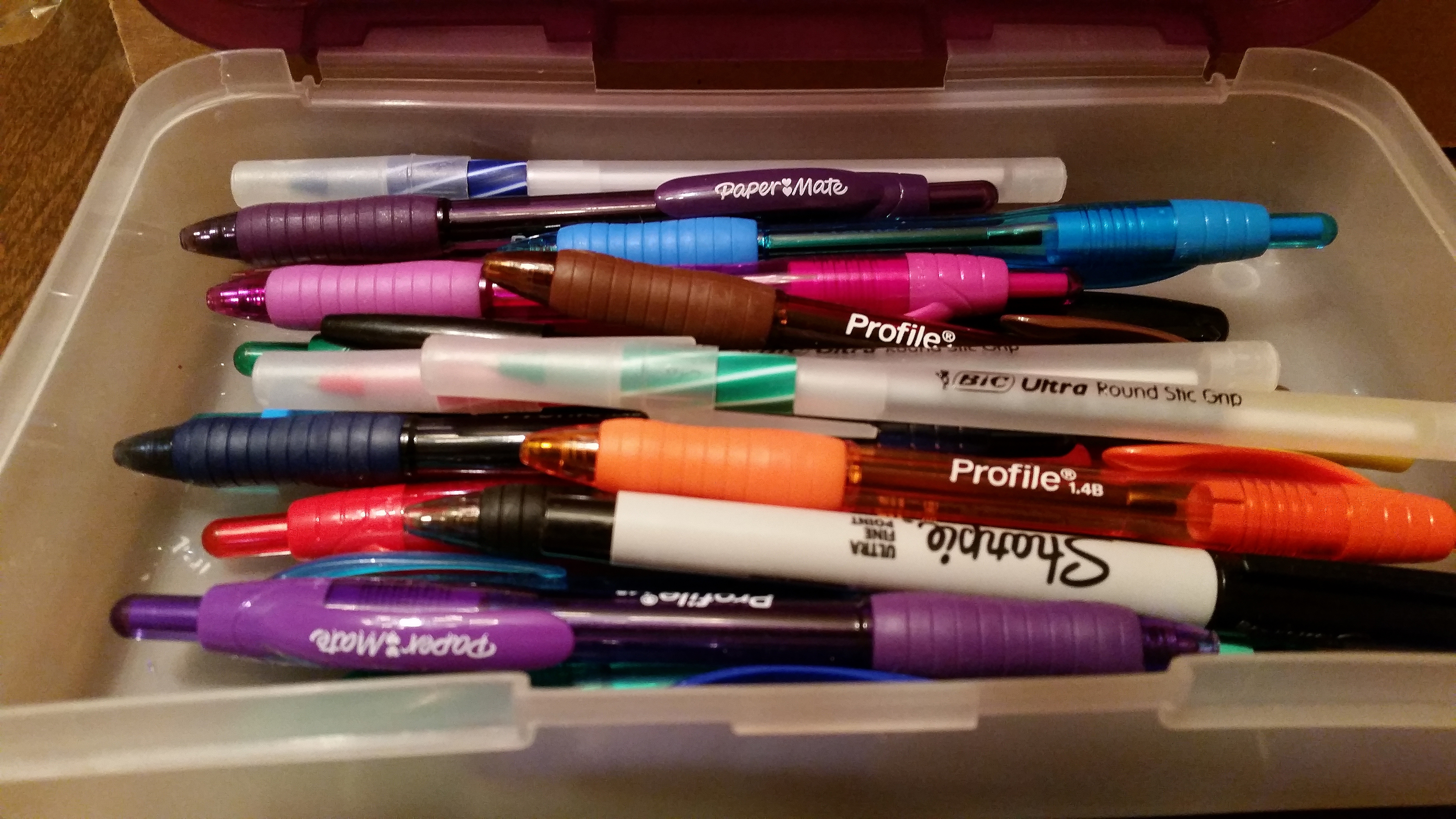Every story needs a villain. Without one, your hero would have no reason to grow or change. But what makes a good villain? It’s all about the backstory. The other day, my teenager and I were watching a movie together. The antagonist was the classic “bad guy,” the kind that makes you wish the worst would befall him. Then the story took a turn. We got to follow the villain and learn what his life was like. We learned about his family, his social interactions—everything. And it was sad. It made us both empathize with him. In fact, I could see real value in why he did the things he did, even if they were twisted and irrational. He made me like him.
 This is the heartbeat of a good villain—especially for writers within the fantasy and sci-fi genres, where villains possess magic or a supernatural ability that can make them appear unusually evil. Gone are the days when readers expect the villain to be mean, just for the sake of it. The audience doesn’t want to see a tall man in a black top hat twisting his mustache as he gives a nefarious chuckle. The antagonist needs to not only have motivation—usually the same motivation as the hero—he needs to have history. A childhood, a past that has shaped him to be who he is at the start of your story. He needs to have faced the same situations we do every single day. He needs to be broken in the same way we have been, and the way we have written our broken hero, as well.
This is the heartbeat of a good villain—especially for writers within the fantasy and sci-fi genres, where villains possess magic or a supernatural ability that can make them appear unusually evil. Gone are the days when readers expect the villain to be mean, just for the sake of it. The audience doesn’t want to see a tall man in a black top hat twisting his mustache as he gives a nefarious chuckle. The antagonist needs to not only have motivation—usually the same motivation as the hero—he needs to have history. A childhood, a past that has shaped him to be who he is at the start of your story. He needs to have faced the same situations we do every single day. He needs to be broken in the same way we have been, and the way we have written our broken hero, as well.
The only difference is choice. The villain has clearly made a different choice. He has made different choices from the protagonist, which is why they are pitted against one another.
This kind of villain—the one that comes across as human and relatable—this is the kind of character that will make your readers keep reading into the wee hours of the morning. Stories need to not only have a solid protagonist, along with quirky and reliable side-kicks, they must also have a villain that makes the reader feel torn between rooting for the true hero, and wanting to somehow help fix the antagonist, as well.
These are the best kinds of stories, the ones where the reader just can’t decide. A story where you captivate your audience with your “bad guy” just as much as with your “good guy.” Make your villain more than just a two-dimensional character with predictable traits.
Give your villain a heartbeat.
BIO
Laura L. Zimmerman is a homeschooling mama to three daughters and a doting wife to one husband. Besides writing, she is passionate about loving Jesus, singing, drinking coffee and anything Star Wars. You can connect with her through Facebook, Instagram @lauralzimmauthor, Twitter @lauralzimm and at her website Caffeinated Fiction.







No Comments